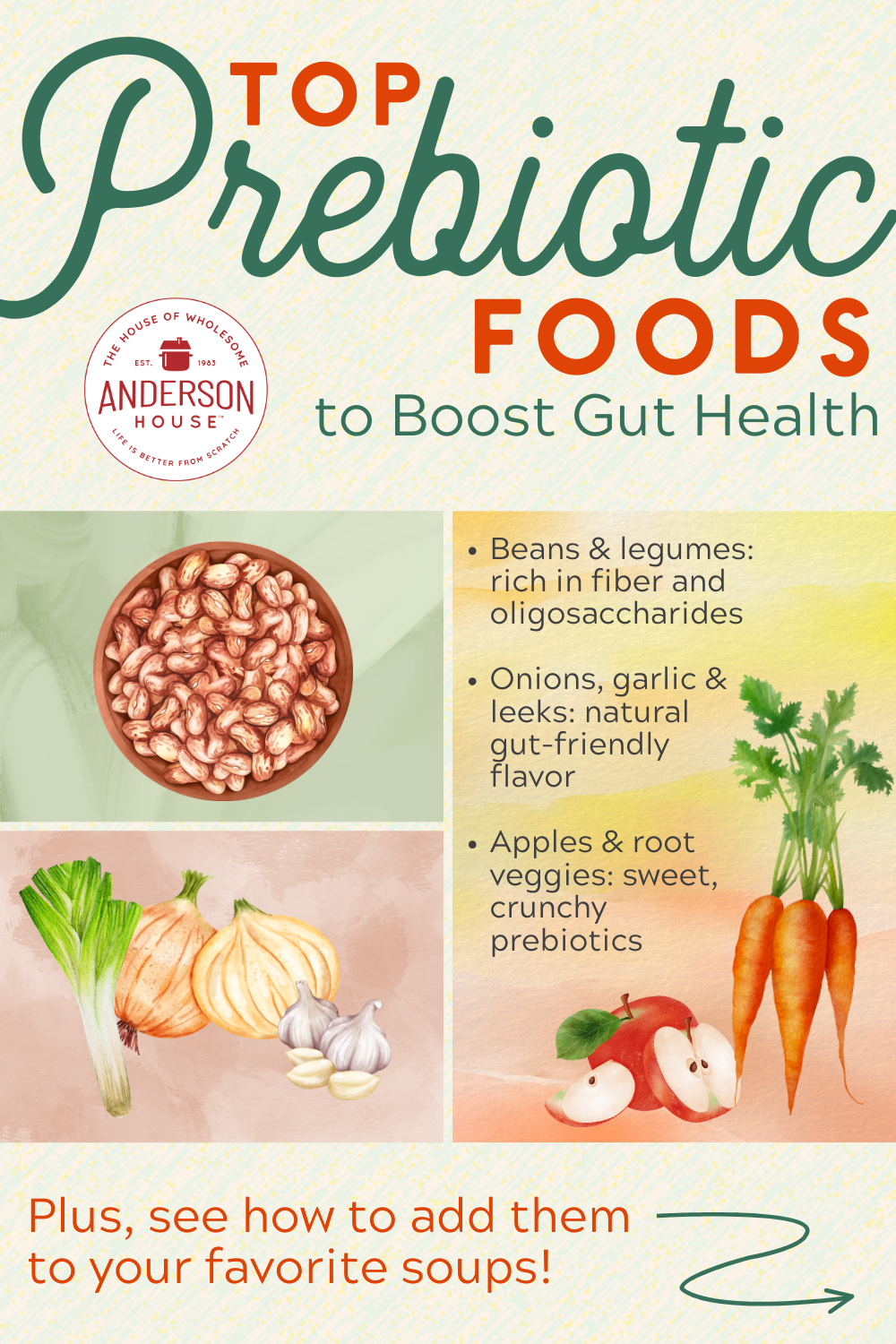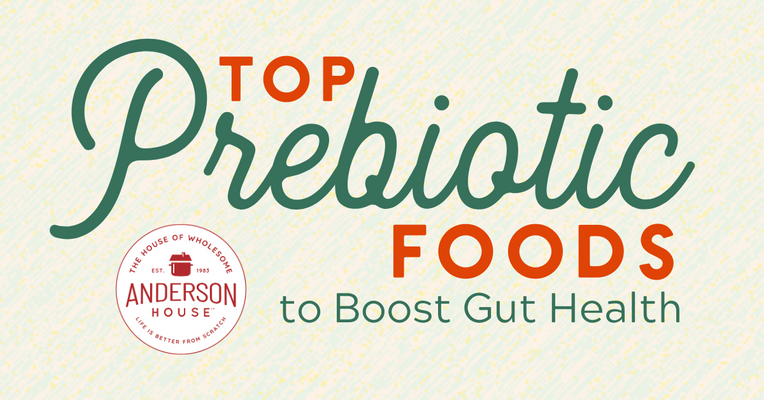Top Prebiotic Foods: Beans, Legumes & Gut Health Benefits
Sep 27th 2017
Updated July 2, 2025
In recent years, probiotic foods like yogurt, kimchi, and kombucha have taken center stage for supporting digestive health. But did you know your gut’s beneficial bacteria also need fuel? That’s where prebiotic foods come in.
Prebiotics are types of non-digestible fiber that nourish your gut bacteria, helping them flourish and support your body’s natural defenses. Research shows that a diet rich in prebiotics may help balance the microbiome, reduce inflammation, and even boost overall well-being. ¹ ²
According to One Green Planet, some of the most effective prebiotic foods are beans and legumes — two pantry staples that are as versatile as they are nutritious.
Beans: Fiber-Rich Gut Fuel
Beans are famous for their high fiber content, including oligosaccharides — a type of prebiotic fiber that feeds good gut bacteria. While this fiber can cause extra “gurgling” for newcomers, it’s a sign your gut is adapting.
Tips for easier digestion:
-
Soak beans overnight and cook them thoroughly (almost overdone).
-
Gradually increase portion sizes.
-
Choose canned beans (look for BPA-free cans) if you’re short on time.
Besides being prebiotic powerhouses, beans are also rich in protein, potassium, iron, and other essential nutrients.
Try our Minnesota Heartland Eleven Bean Soup or South of the Border Tortilla Soup which include beans for extra fiber and a hearty boost.
Legumes: Gentle on the Stomach, Big on Benefits
Legumes like lentils, chickpeas, peas, and edamame are just as nutritious as beans but may be easier to digest. They’re excellent sources of plant protein, iron, B vitamins, and prebiotic fiber.
Digestive-friendly choices:
-
Red lentils cook quickly and don’t always need soaking.
-
Frozen peas require no prep and keep their nutrients.
-
Pre-soaked canned lentils and chickpeas save time.
In addition to gut health, legumes have been linked to lower cholesterol, heart health, and better weight management. ³
Try our Jonny's Favorite Southwestern Chickpea Soup and Indiana Harvest Sausage & Lentil Soup.
Other Prebiotic-Rich Foods to Add to Your Diet
Beyond beans and legumes, here are other foods that naturally feed your gut bacteria:
-
Garlic and onions
-
Leeks and artichokes
-
Cabbage
-
Root vegetables (carrots, beets, parsnips)
-
Apples
-
Wheat bran and barley
These can easily be mixed into soups, stews, or grain bowls to create balanced meals that nourish both body and microbiome.
Why Focus on Prebiotics?
While probiotics add beneficial bacteria to your gut, prebiotics help those bacteria thrive — making them equally important. Together, they help maintain digestion, support immunity, and may even improve mood and energy levels.
Sources & Further Reading:
- NCBI – Prebiotics and Their Effects on Gut Microbiota
- Harvard T.H. Chan School of Public Health – Probiotics for Gut Health
- One Green Planet: The Best Prebiotic Foods for Optimal Digestive Health
- Healthline – 9 Healthy Beans and Legumes You Should Try
Need inspiration?
Explore our collection of hearty soup mixes that make it easy to enjoy beans and legumes — naturally prebiotic, deeply satisfying, and ready in minutes.


